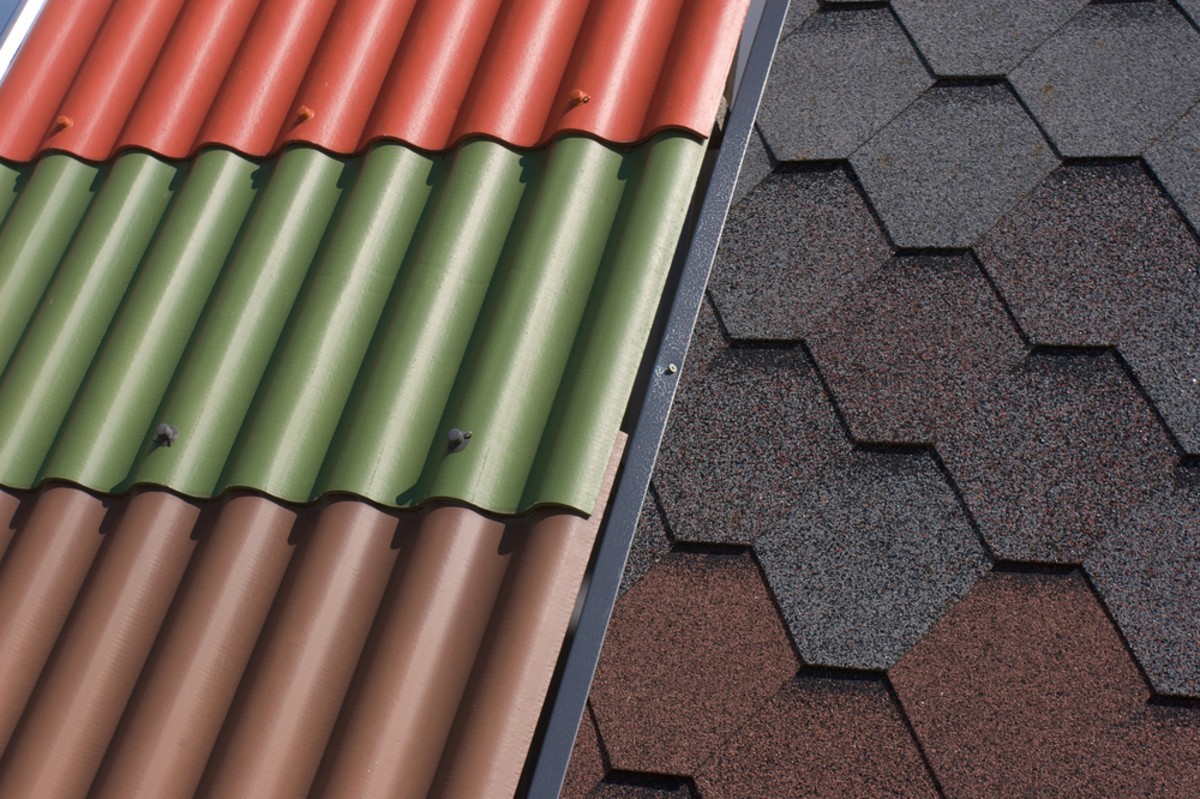A List of Sustainable Roofing Materials

For many years, the search for new sustainable materials has intensified. The demand for sustainability has drastically increased due to global warming and the need for better materials that can withstand the destructive elements of nature. If your idea of a sustainable roof has limits to only a green or living roof, you might be surprised to hear about the wide range of roofing materials.
Roofing Material Types
Wood Shingles and Shakes
Because wood is a renewable resource, wood shakes and shingles are undoubtedly the most, if not the only, environmentally friendly roofing materials. That is, assuming the roofing comes from sustainably obtained materials. Shingles and shakes require a lot of energy to make and are only somewhat durable than slate and clay tile.
Wood roofing is easy to dispose of because it is biodegradable when not treated with synthetic additions or preservatives. If you reside in a region where shakes are produced locally or have access to shingles, wood can be an exceptionally environmentally friendly option.
Concrete Tile and Fiber-Cement Roofing
High-quality cement can make both concrete roofing tiles and fiber-cement shingles, which is a very energy-intensive process. However, it also produces a large amount of CO2 emissions (a greenhouse gas). These roofing materials, on the other hand, are highly long-lasting. Because concrete tiles are heavy, they may require additional roof framing.
Just a reminder that they are also pretty delicate, so don't walk on them. Fiber-cement shingles have a similar appearance to slate but are substantially lighter.
Slate Roofing
Slate is beautiful and highly durable, but it's also quite expensive and heavy, and mining, processing, and transporting it consumes a lot of resources. The majority of slate in the United States comes from the Northeast. Stone mining is not a long-term solution. Slate roofing also demands a superb roof framework due to its weight, which mandates the use of additional resources not required with lighter-weight roofing materials.
Asphalt Shingles
Standard asphalt shingles, also known as composite shingles, are moderately durable and can provide good heat reflectivity depending on the shingle design and color. They consist of paper, minerals, fiberglass, tar, and other petroleum compounds, among other things.
Although some businesses and localities use discarded asphalt shingles, they are not widely recycled and are not biodegradable. They are not sustainable because they are petroleum-based.
Metal Roofing
Metal roofs require a lot of energy to manufacture. Still, they are aesthetically pleasing and long-lasting, and they frequently contain significant recycled content or are recyclable at the culmination of their intended lifespan. Metal roofs can reflect some heat and hence limit heat gain, but they have adequate insulation due to the metal's high heat conductivity.
Steel and aluminum are the most prevalent metal roofing materials. Metals are created from earth-mined minerals and so are not technically sustainable.
Clay Tile Roofs
Clay tiles, commonly known as terra cotta, are incredibly resilient and heavy, and costly. Genuine clay tiles, like ceramic tiles, are from natural clay that is molded and burned. Unique glazes or paints are applied to some tiles to enhance color or other qualities. Because clay is such a plentiful resource, many clay tile makers argue that their products are environmentally friendly.
Living Roofs
Flat or low-slope roofs cover partial or entire vegetation, such as grass or other small plants, preferably native to the area. A growing medium, usually soil and inorganic elements, and a synthetic waterproof membrane make a green roof. Green roofs help lessen the heat island effect caused by collected heat from concrete, asphalt, and other construction materials in urban areas.
To further increase savings and allow more natural light to enter your establishment, you can install energy-efficient roof hatches. The roof hatch can double as a door to access the roof area, making it even better to have in combination with a green roof. Just imagine an aesthetically pleasing door opening to a verdant garden.
Green roofs, however, rely on a heavy-duty rubber membrane to keep the top dry. This item is of petroleum, which is a non-renewable resource. Green roofs are also extremely heavy, necessitating additional roof frameworks to sustain them.
Final Thoughts
The search for more sustainable materials continues as our world adapts to the challenges we now face. The road to overcoming the current struggles will be difficult, but one that all must endure for the sake of preservation and posterity. If you need to acquire additional information about sustainable roofing, do not hesitate to contact a professional about it.



